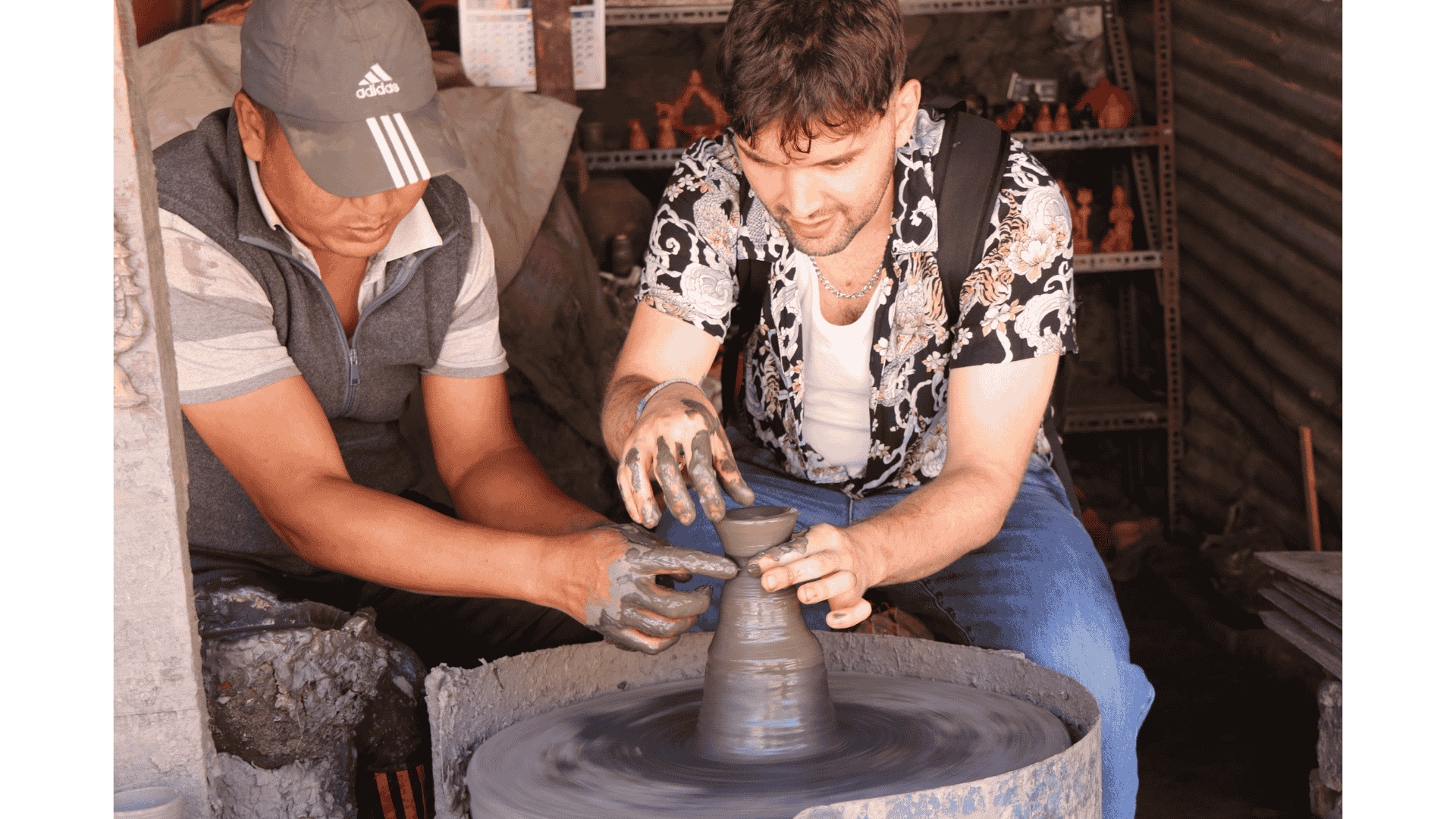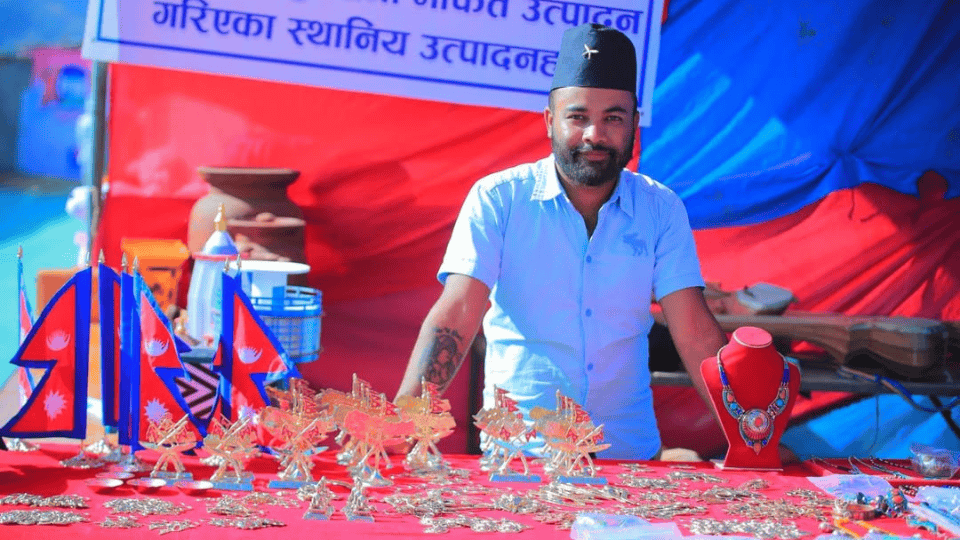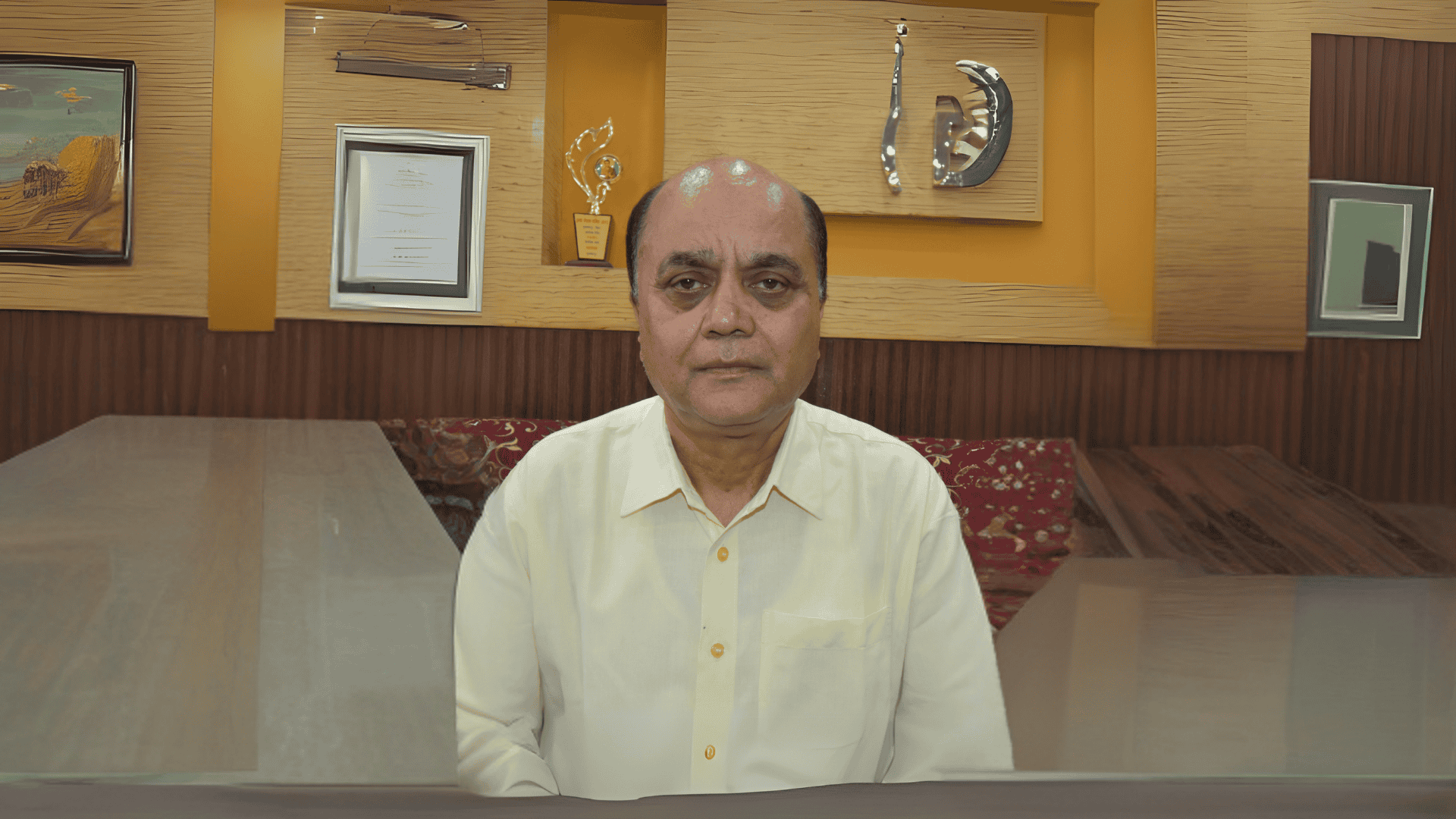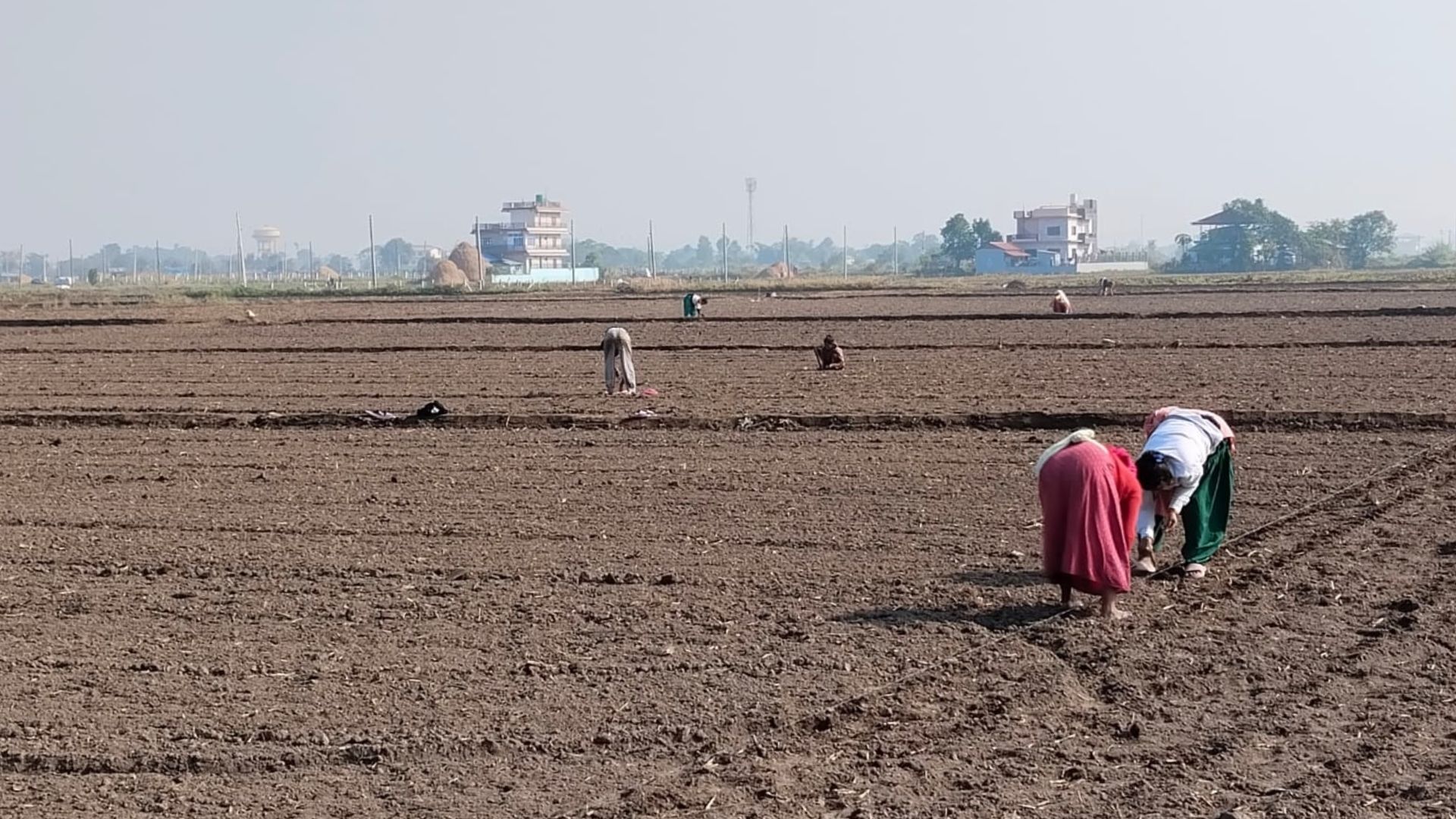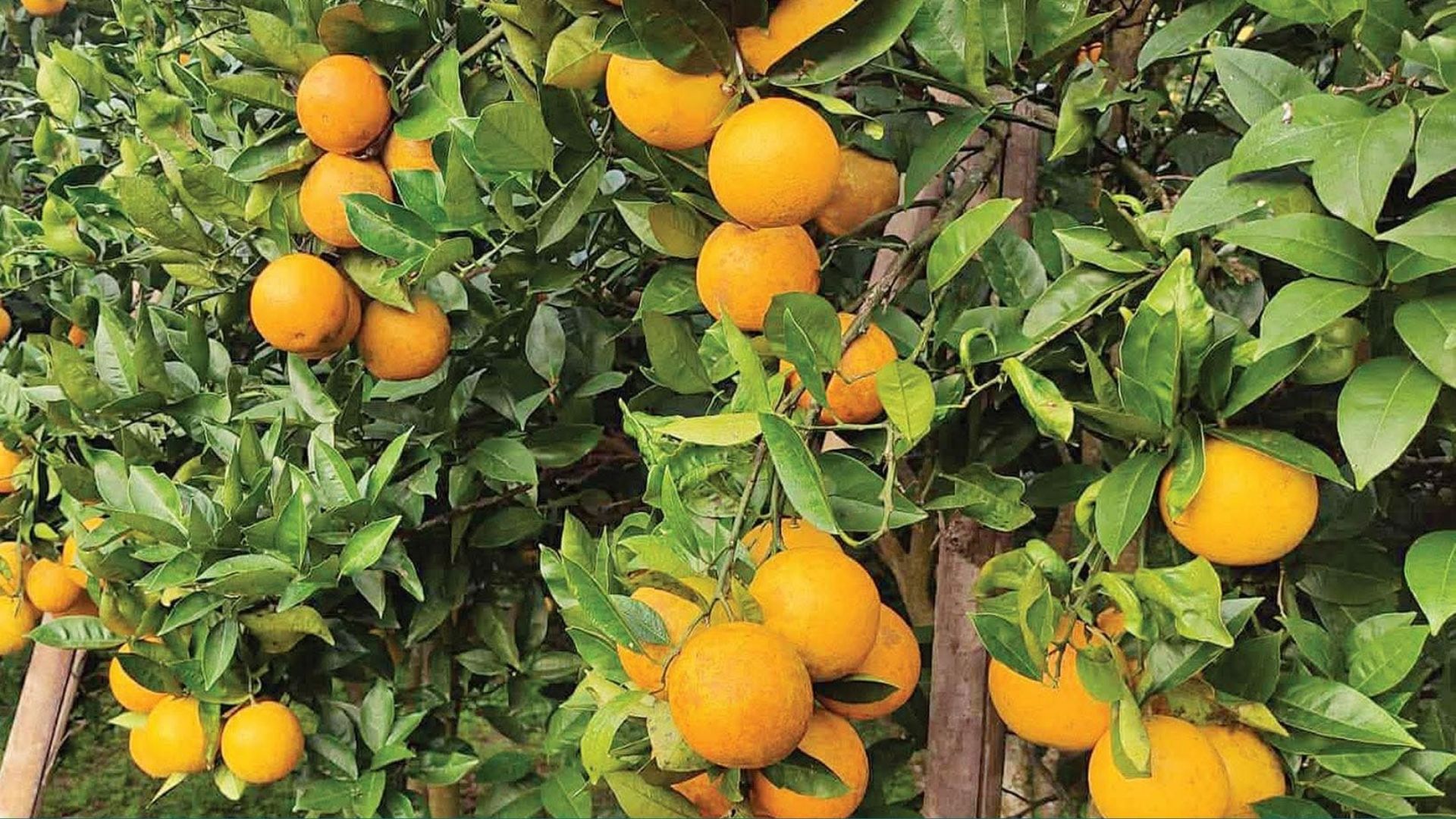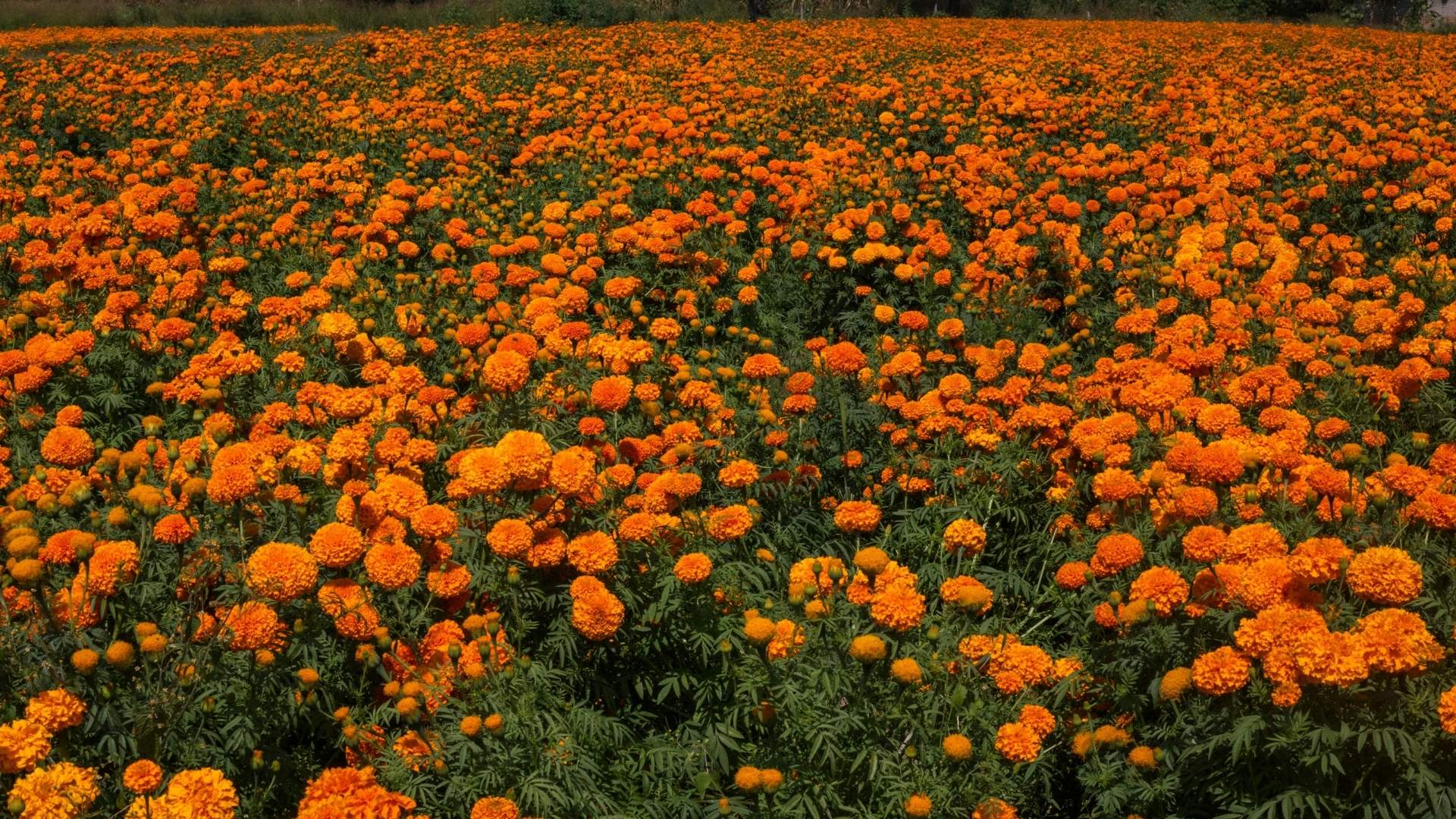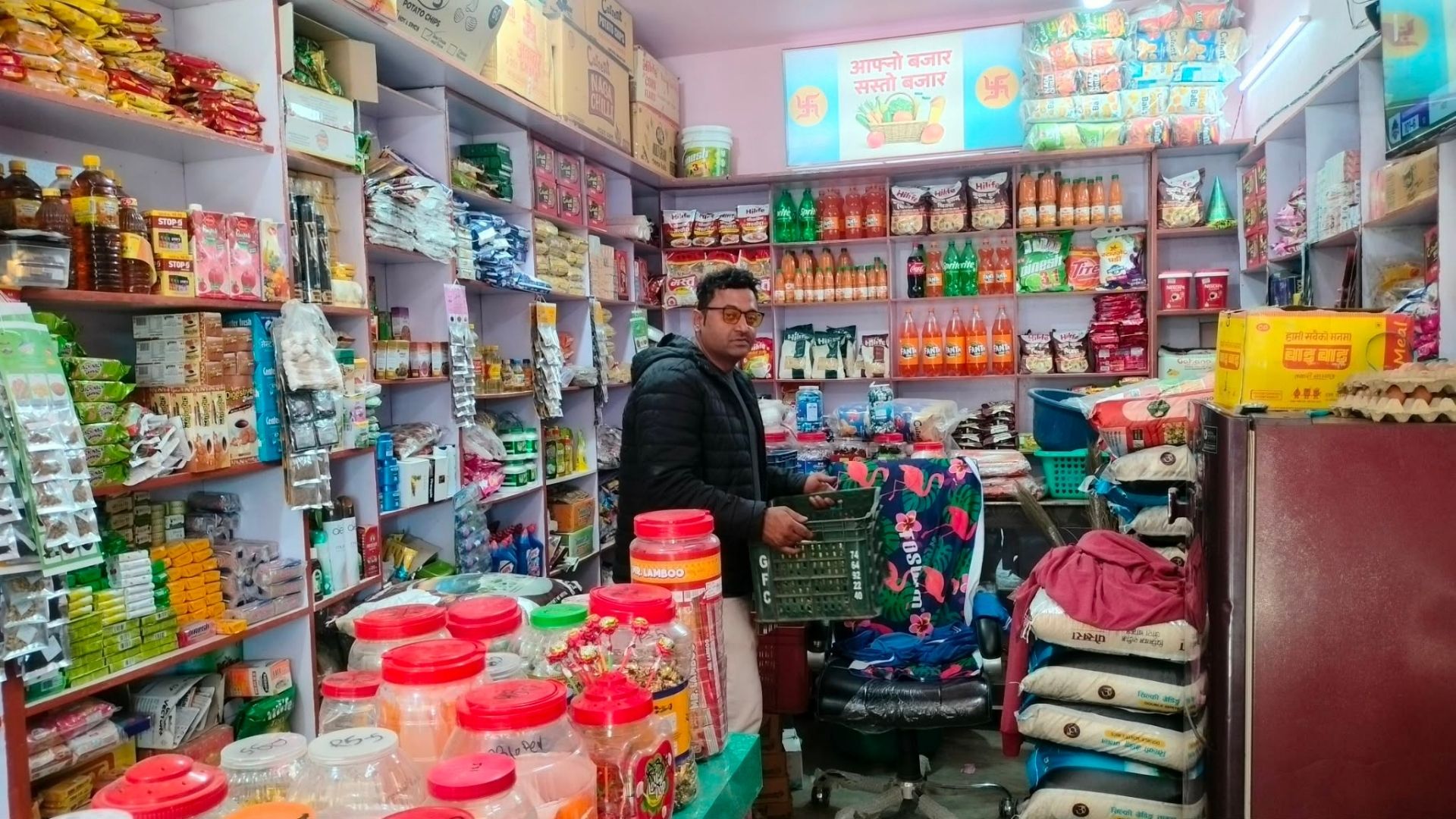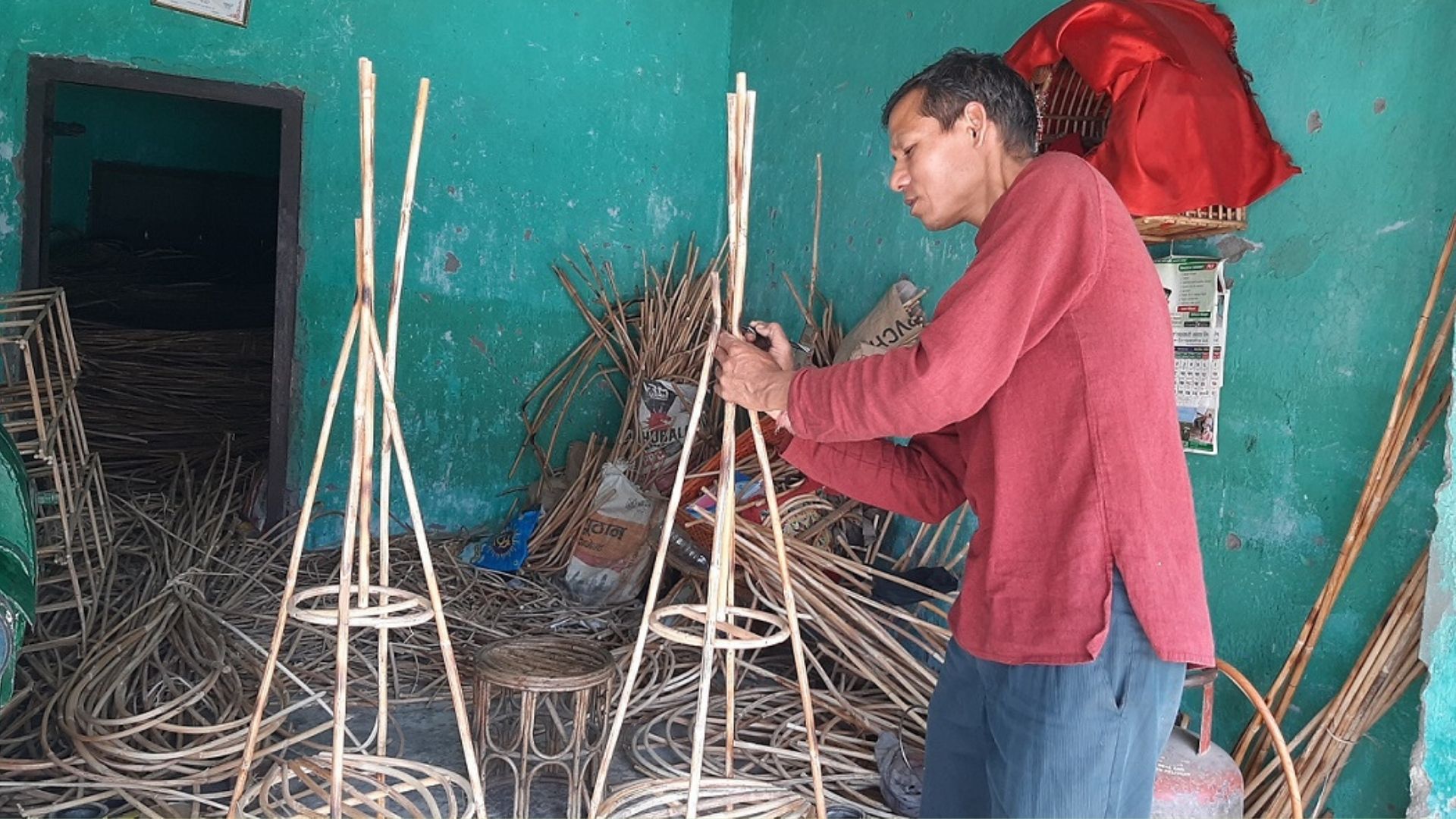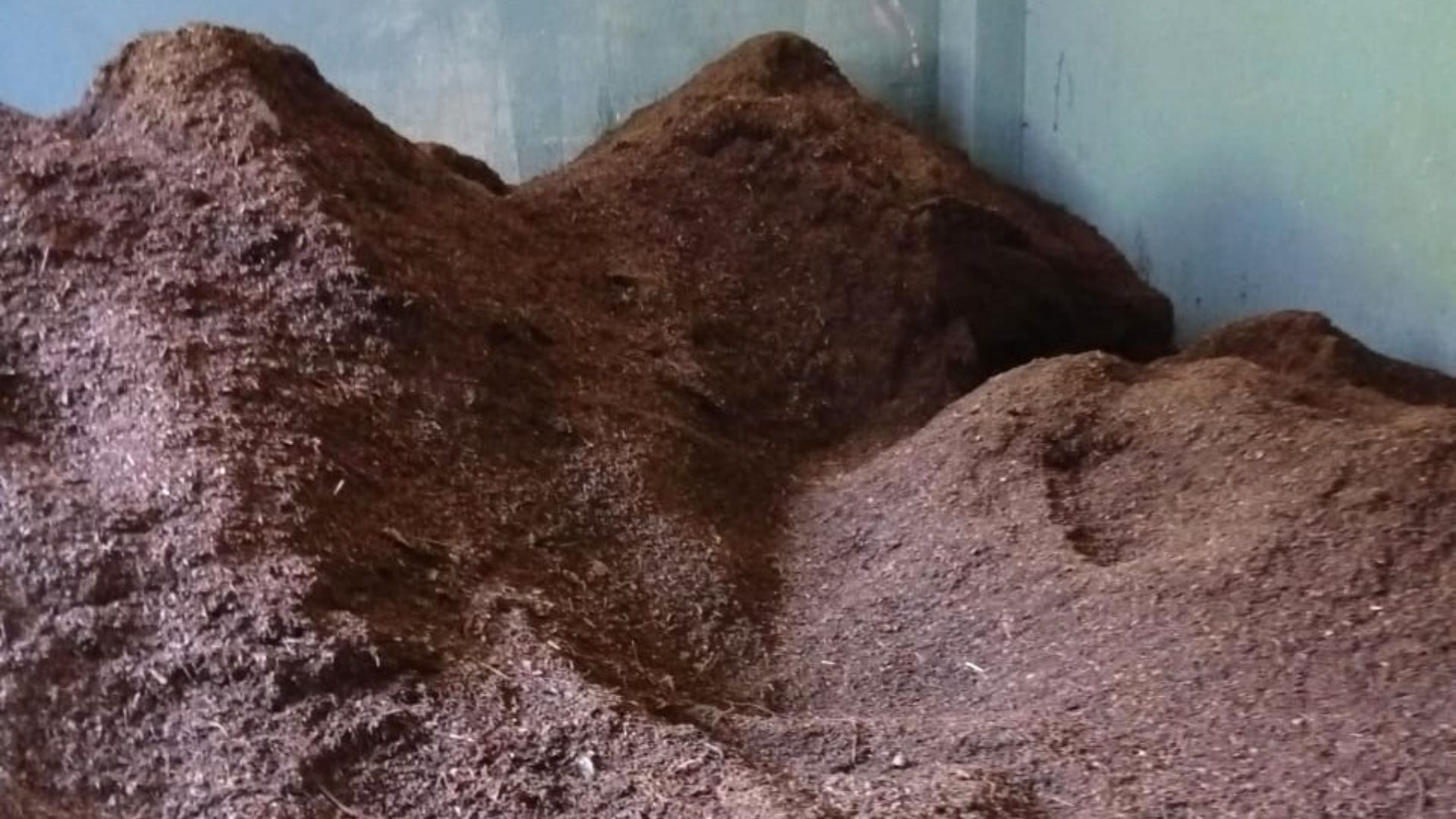Following the renowned Bhaktapur Durbar Square, Pottery Square in this historic city is emerging as a new hotspot for both domestic and international tourists. The area, known for its traditional clay pottery, is drawing increasing interest from visitors fascinated by the art of handmade earthenware.
Located in Talako of Bhaktapur Municipality–4, Pottery Square is densely inhabited by the Prajapati community, who have been engaged in pottery-making for generations. In recent times, this square has transformed into a vibrant center of tourist activity.
As the Tihar festival approaches, the local Kumale (potter) community is busy crafting traditional clay items such as paala (small clay lamps), ghaito (water pots), and dhupauro (incense burners). Simultaneously, they are also captivating tourists by demonstrating the techniques of clay pottery and even teaching interested visitors how to make their own pots.
Many locals have placed signs reading “Pottery Training Center” outside their homes and workshops, inviting tourists to try their hand at pottery. According to local potter Binod Prajapati, foreigners especially enjoy making clay items and are willing to pay for the hands-on experience. He added that teaching pottery to tourists has become a source of additional income.
Australian tourist Herina Mark expressed her delight, saying she felt immense joy learning how to make clay items on the electric wheel. “There’s something peaceful and rewarding about shaping clay with your own hands,” she shared.
Binod noted that tourists typically spend about 10 minutes making a clay pot, for which they are charged between NPR 100 and 200. He emphasized that this has opened up a valuable income stream for the local Prajapati families.
Eighty-one-year-old Lalit Prajapati, who has been upholding this ancestral craft for decades, shared that tourists are often mesmerized by the traditional pottery-making process. “They watch for a long time, ask questions, and many want to try it themselves,” he said.
Tourists often transition from watching electric wheel demonstrations to trying the traditional hand-powered wheel—spun using a stick and a repurposed tire. Lalit mentioned that this old method tends to fascinate visitors even more, allowing them to connect with the age-old process.
Leonard Mart, a tourist from the United States, was especially captivated by the traditional pottery-making scenes. He said he felt joy watching older Prajapati artisans spin the wheel by hand and skillfully shape the clay. He captured the experience in photos and videos on his phone.
Local artisan Sajan Prajapati confirmed that tourist footfall leads to significant supplemental income for the community. While meeting the high demand for clay items for the Tihar festival, he also teaches pottery to tourists who express interest. “Even though learning proper pottery takes about six months, tourists enjoy the brief hands-on experience,” he said, adding that information boards have been set up to attract both foreigners and Nepalis.
Kishan Prajapati, another local, said they are currently overwhelmed by orders for clay paala, dhupauro, and ghaito due to the festival season. He observed that tourists are fascinated by the entire process—molding, drying, and firing the clay in kilns.
The Prajapati families of Bolachhen-Talako (Pottery Square) are now working tirelessly to meet Tihar demands. “Tihar is here, and the demand for traditional items like paala, bhiunt, and dhupauro has surged. We have to deliver them no matter what, and work has increased drastically,” said 39-year-old Binod Kumar Prajapati, who has been in the trade for 19 years.
He further noted that the arrival of tourists has not only revived interest in clay pottery but also inspired younger generations and children to try their hand at the craft. Many film themselves making pots and share it on social media.
Despite the surge in demand during Tihar, prices for clay items have not increased this year. According to the artisans, a dozen paala still sell for just NPR 40. However, the influx of plastic alternatives from India has led to a decline in demand for traditional clay items, posing economic challenges for the roughly 65 Prajapati families in the area.
Binod Kumar expressed concern that, while tourists have brought renewed attention to the craft, the stable prices and competition from plastic goods continue to put pressure on the traditional pottery industry.


